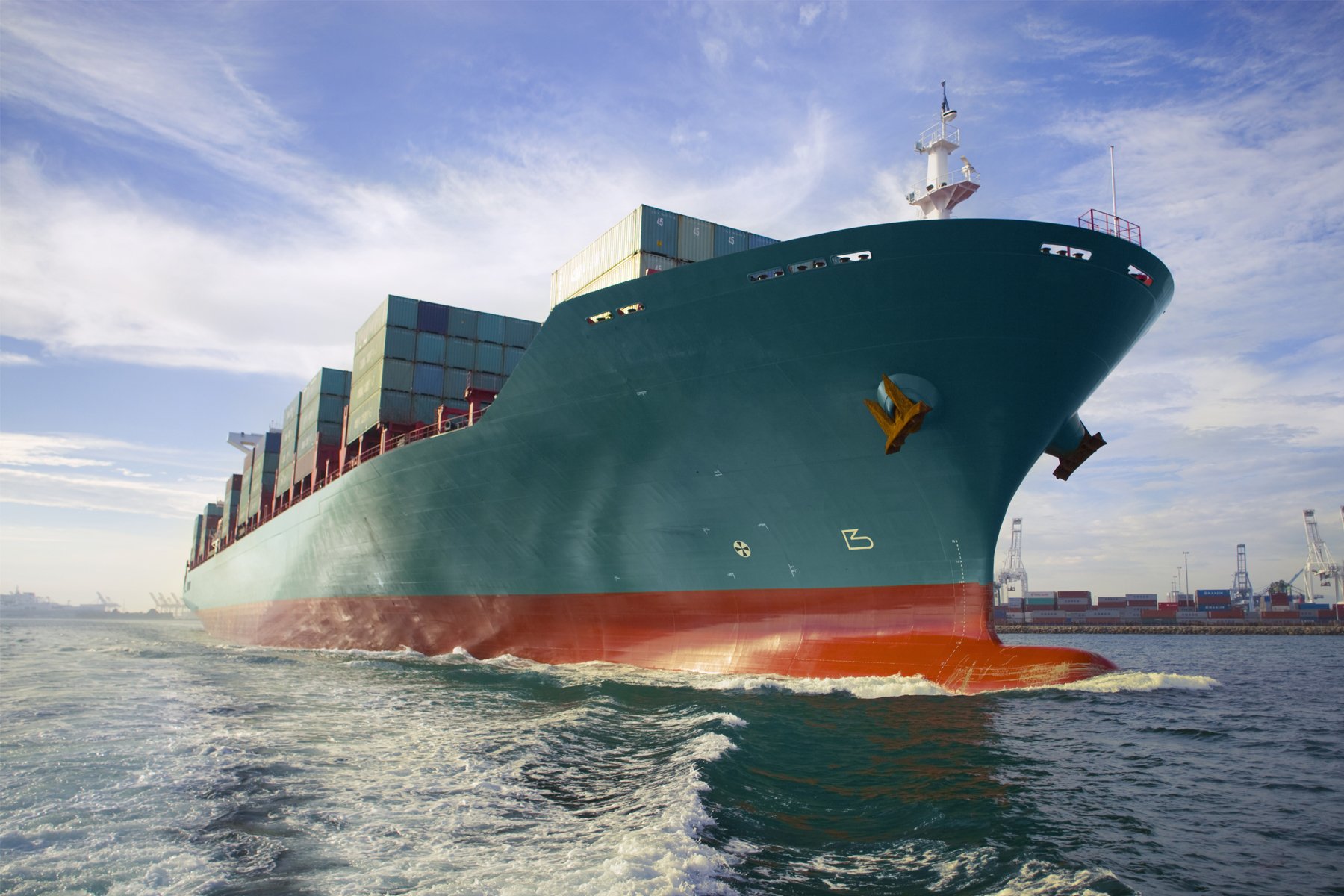
Design. Analysis. Evaluation. Optimization. Developed for ship designers and naval architects.
MAESTRO is a computer program for rationally-based design of large, complex thin-walled structures.
For over 30 years, Maestro Marine LLC has served a worldwide user base in hull form design, ship structures, resistance and powering analysis, stability calculations, hydrodynamic predictions, as well as seakeeping and maneuvering analyses. Using internally developed and commercially available design tools, our naval architects conduct resistance and powering, stability, hydrodynamic, and seakeeping and maneuvering analyses.
Our naval architects are also software developers and employ modern software development practices. These agile development methodologies, such as those found in the Unified Process (UP) and eXtreme Programing, produce high quality software quickly, adapt easily to changes in customer requirements, and allow the customer to stay involved as the software project matures.
Rapid Structural Modeling
MAESTRO’s modeling paradigm is organized to rapidly generate a finite element model of an entire ship. Each module has its own local coordinate system, and can be copied, rotated or transformed, while hull girder properties can be plotted and queried for any section cut within the model.
Ship-Based Loading
MAESTRO offers numerous ship-based loading patterns to accurately and efficiently produce load cases. These load patterns include:
scaled masses
panel pressures
mass distributions
tank loads
longitudinal and transverse hull girder load distributions
hydrostatic loads (stillwater/wave)
additional accelerations
hydrodynamic loads
Comprehensive Structural Evaluation
In addition to calculating displacements and stresses using the finite element analysis method, MAESTRO also performs an automatic failure evaluation of the principal structural members to address yielding, buckling, and other major failure modes.
“This is a highly recommended program for any naval architecture/marine engineering firm.”
— Guido Perla & Associates, Inc.
Testimonials
-
MAESTRO is used for structural analysis of a wide variety of maritime structures including cargo vessels, FPSO’s, support structures for renewable energy devices, drill ships, super yachts, etc.
MAESTRO provides a unique combination of fast modeling of maritime type of structures with the application of typical marine loads like hydrostatic pressure, wave profile, tank filling and accelerations. This makes MAESTRO an excellent tool to perform a structural analysis of a complete maritime structure already in an early stage of the design process supporting the naval architect in his design decisions.
SpaarnWater will continue to use MAESTRO as its main tool in structural design and analysis of maritime objects, not only because of the capabilities of the software itself, but also because of the excellent support provided by the MAESTRO team. -
At Todd Shipyard we use MAESTRO to plan heavy or unusual lifts on our drydocks, to plan lifting and turning of large structural modules, and especially to plan maintenance of our drydocks. The ability to model corrosion helps us get the most bang for our maintenance bucks. And their tech support can’t be beat.
-
Guido Perla & Associates, Inc. (GPA) has been using MAESTRO since 1999 for a number of vessel designs that have been constructed and placed into service.
Ship design is becoming more directed towards a “first principles” approach as opposed to a “rules” based approach. This has been found to be true for conventional hull forms in addition to the more unique vessel types that are evolving. MAESTRO has been found to be a unique tool in evaluating ship structures. In particular, the orthotropic stiffened plate structure that characterizes most vessels is readily handled by MAESTRO’s plate and beam elements. The ability to impose wave loads, from the program’s internal code or from imported loads, and balance the model with those loads, is important to accurately evaluate the “free body” that is a typical ship.
MAESTRO incorporates a wide range of structure analysis, from calculated forces to various stresses, limit states, and natural frequency modes. The ability to develop a global model and proceed to fine mesh stress analysis facilitates evaluation of entire hulls and superstructures. This is a highly recommended program for any naval architecture/marine engineering firm.


